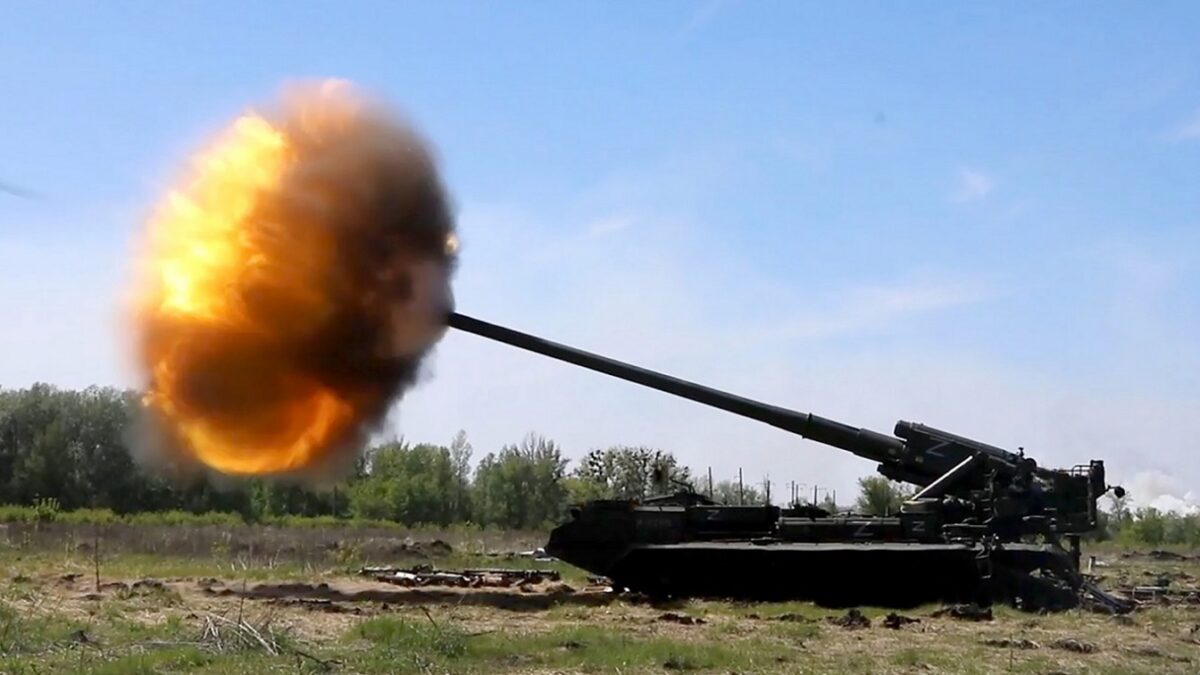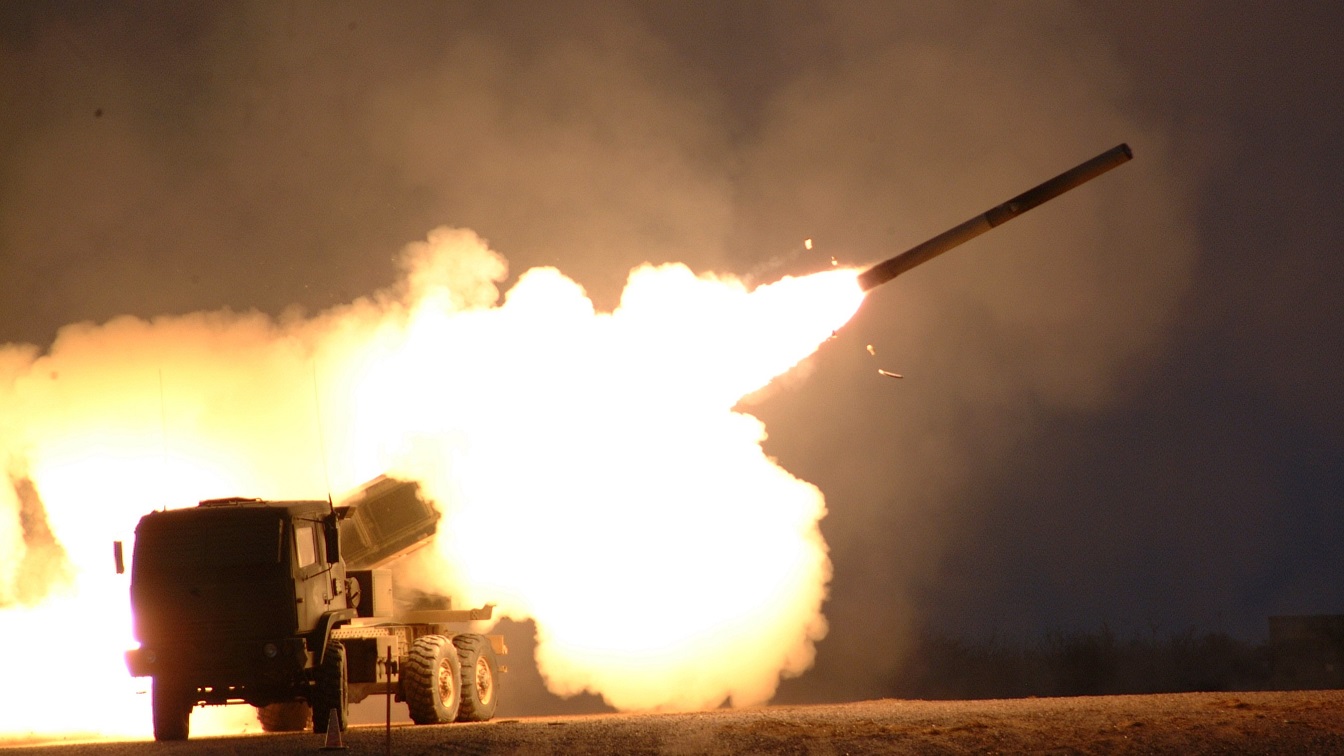Putin’s Ukraine Reserves Call Up Faces a New Problem: In a statement shared on Sunday, the General Staff of the Armed Forces of Ukraine claimed that Russian conscripts being sent to Ukraine are not being given sufficient training to ensure their safety, and ultimately their success.
Following Russian President Vladimir Putin’s decision to call on 300,000 members of his military’s reserve to assist troops already in Ukraine, it was widely expected that those troops would be sent on refresher training courses designed to ensure they were up to speed with what was happening on the frontlines.
According to the General Staff of the Ukrainian Armed Forces, however, many reserve soldiers are being sent to fight on the frontline without any training whatsoever.
“The command of the Russian occupying forces directs the new arrivals for the mobilization of servicemen without training to the replenishment of units that have suffered losses, directly to the front line,” the update reads.
The update also described how the decision will dramatically impact the already low morale among Russian troops.
“This significantly affects the decrease in the level of morale and psychological state of enemy servicemen and the quality of their performance of duties,” it reads.
Experts Weigh In On Russian Training for Ukraine War
Former U.S. Army General Mark Hertling, who once commanded the U.S. Army Europe, described on Twitter how Putin’s decision to deploy hundreds of thousands of reserve troops was not only a “jaw-dropping” show of weakness but that those troops would not be prepared.
“Putin’s announced mobilization of 300,000 ‘reservists’ was jaw-dropping to me this morning, but not for the reason some might suspect. Why? Because know-how Russian soldiers are trained, in basic training & in their units,” Hertling wrote.
Throughout the thread, Hertling described how the U.S. Army Europe was able to train roughly 150,000 new soldiers per year across five basic training sites and 21 advanced training locations. He added that most new U.S. soldiers go through at least 10 weeks of basic training and that Russian soldiers, in contrast, received just a few days of basic training before being deployed to Belarus last November.
“During 2 visits to RU, I saw basic & unit training. It was awful. Familiarization versus qualification on rifles, rudimentary first aid, very few simulations to conserve resources, and…most importantly…horrible leadership by ‘drill sergeants,’” Hertling also said.
Jeff Edmonds, who previously served as the director for Russia in the National Security Council under the Obama administration, also said that Russian troops are not being sufficiently trained before deployment.
“Realistically, most of these guys haven’t been through recent training, and a 300,000 input is incredibly high,” Edmonds told NBC News. “Most Russian soldiers receive most of their training in the units now, but it’s hard to imagine the units that are in Ukraine being in any state to train recruits.”

Russian Artillery in Ukraine.
As tactical victories against Russia seem unlikely in the short term, only time will tell whether Russia can win this war against Ukraine through a combination of sheer numbers and threats of nuclear warfare.
Jack Buckby is a British author, counter-extremism researcher, and journalist based in New York. Reporting on the U.K., Europe, and the U.S., he works to analyze and understand left-wing and right-wing radicalization, and reports on Western governments’ approaches to the pressing issues of today. His books and research papers explore these themes and propose pragmatic solutions to our increasingly polarized society.

